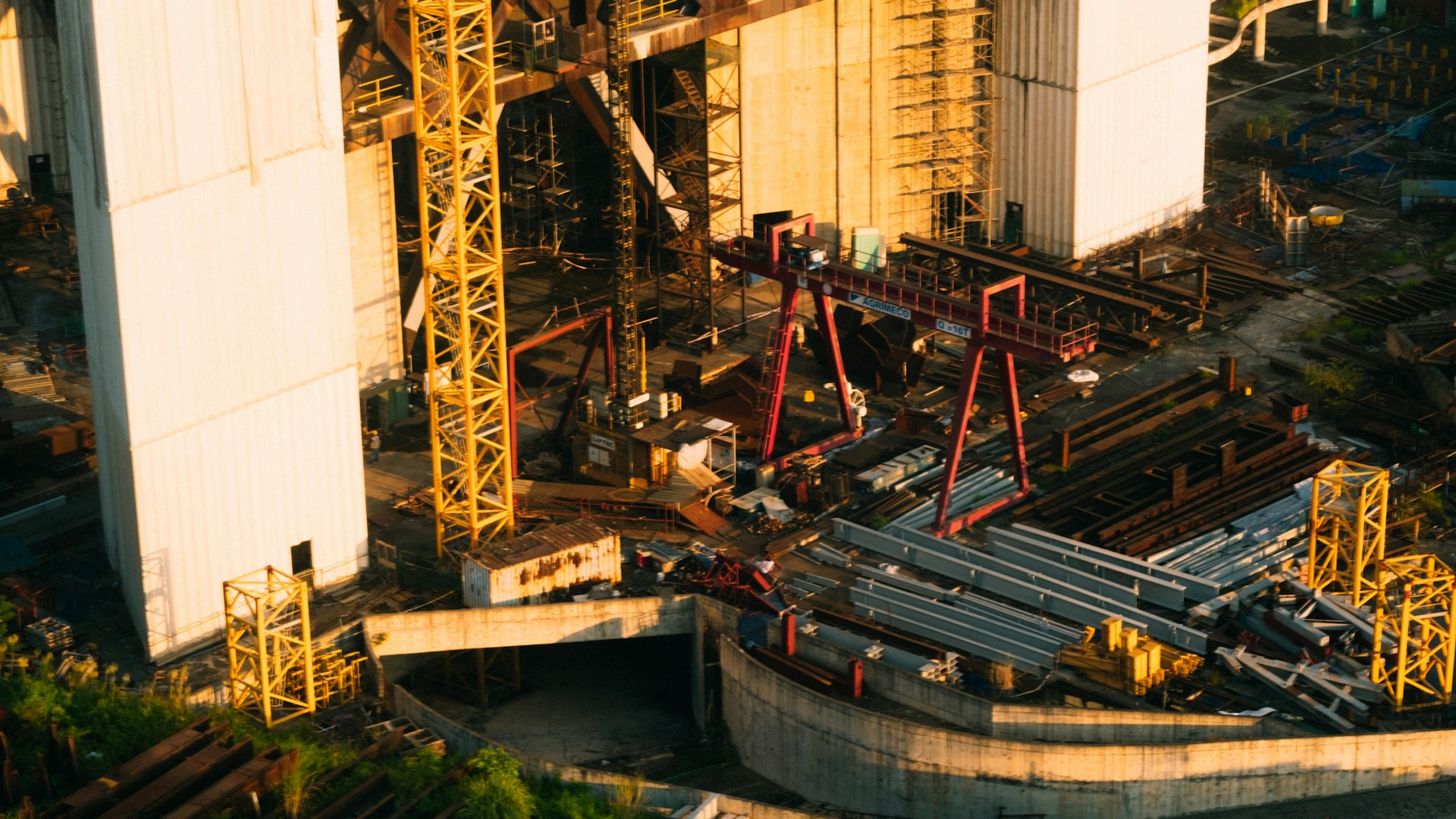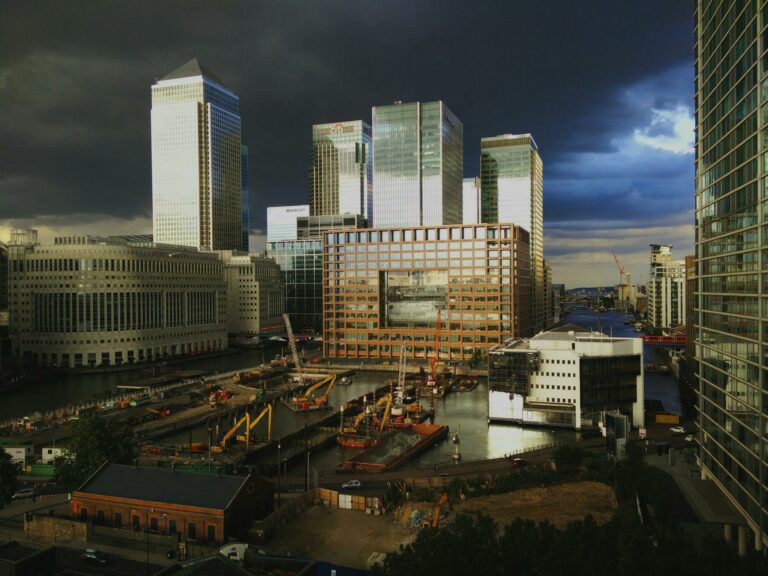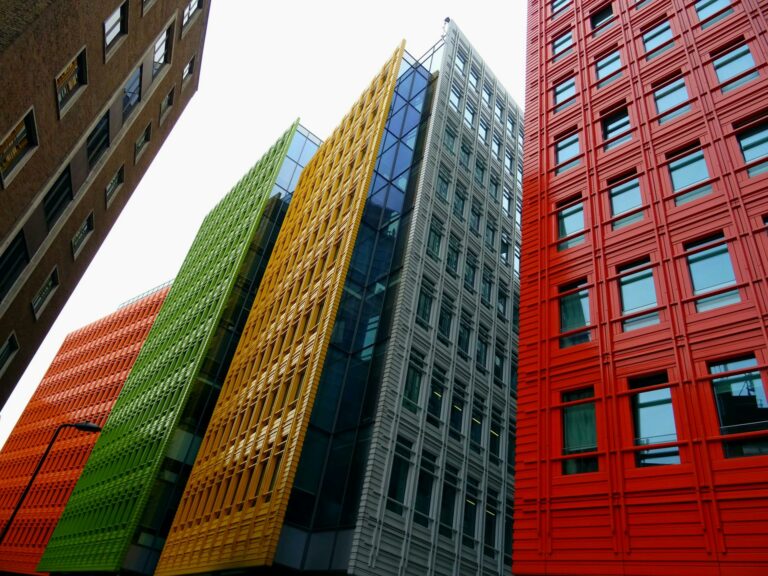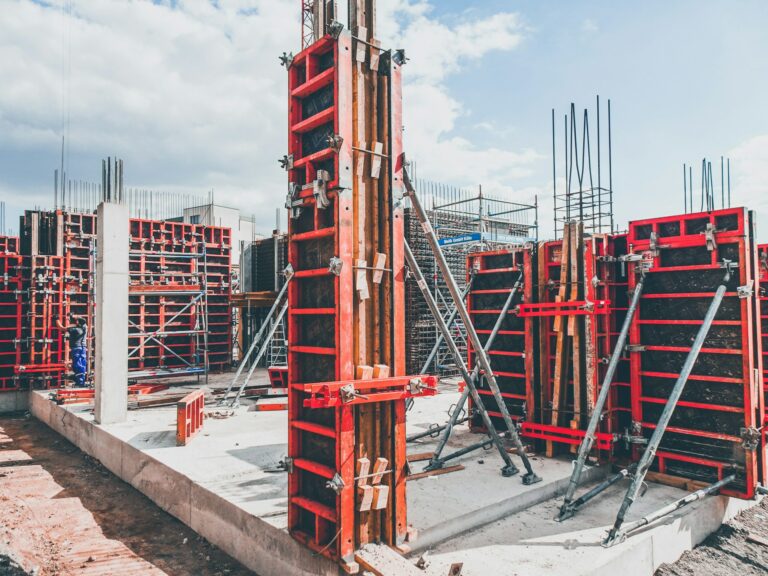Related Articles


Question: What is Gentrification?
Answer: Gentrification is the process of transforming a neighborhood by attracting higher-income residents and businesses, resulting in increased property values and often displacing lower-income residents.
New Forms of Gentrification Reshaping Cities
Gentrification, the process of wealthier residents moving into a lower-income neighbourhood, often sparks debate. While rising property values and improved amenities can revitalize neglected areas, displacement of long-term residents and a loss of cultural identity are significant concerns. However, gentrification is no longer a monolithic process. New trends are emerging, transforming how cities change. [ 1 ]
For more information
The Evolving Scope of Gentrification
Traditionally, gentrification focused on physical transformation. Renovated buildings, trendy cafes, and upscale shops replaced older structures and local businesses. This revitalization, however, often came at the expense of affordability. Now, gentrification extends beyond brick-and-mortar changes.
Click here for more information on how to get your house value
Related Article: The Effect of Neighbourhood Development on Property Values
Related Article: How Does Gentrification Affect Real Estate?
Related Article: What are Three Negative Effects of Gentrification?
There’s a growing focus on the cultural aspects of neighbourhoods. Indie art galleries, craft breweries, and farmers’ markets become markers of gentrification. These amenities cater to a specific demographic, potentially alienating existing residents who don’t identify with this new cultural landscape.
Tech giants establishing headquarters in specific areas can trigger gentrification. The influx of high-paying jobs creates a demand for housing, driving up prices and displacing residents on fixed incomes. This highlights a crucial aspect of modern gentrification – it’s not just about the physical transformation of a neighbourhood, but the social and economic forces shaping its character.
Related Article: What are the Signs of Neighborhood Gentrification?
Related Article: Does Gentrification Help or Harm Neighbourhoods?
Related Article: What are the New Forms of Gentrification?
Gentrification: Beyond the Core
Gentrification was once primarily associated with downtrodden inner-city neighbourhoods. However, its reach is expanding. Suburbanization can be seen as a form of gentrification, with wealthier residents seeking larger homes and better schools in previously working-class suburbs. This outward push can strain infrastructure and displace established communities in these areas.
Peripheral neighbourhoods near city centres are also becoming targets. Previously considered undesirable due to industrial activity or lack of amenities, these areas are now seen as ripe for development. Rezoning for mixed-use projects and improved public transit can lead to gentrification, pushing out residents who may not benefit from the rising property values.
Related Article: What is the Major Problem with Gentrification?
Related Article: Who Benefits From Gentrification?
Related Article: What is the Alternative to Gentrification?
New-Build Gentrification
New-build gentrification is another emerging trend. This involves constructing high-end housing complexes in underdeveloped or previously industrial areas. While it can revitalize neglected zones, it often results in a luxury enclave amidst a lower-income neighbourhood. These developments may not integrate with the existing community, creating a sense of social and economic division. Additionally, new-build gentrification can strain local resources, with schools and hospitals struggling to accommodate the influx of residents.
Related Article: What is the Difference Between Gentrification and Revitalization?
Related Article: What are Indicators of Gentrification?
Related Article: Is Gentrification Beneficial on Average?
Gentrification in the Age of Online Platforms
The rise of the sharing economy has also impacted gentrification. Short-term rental platforms can turn entire neighbourhoods into transient zones, disrupting the sense of community and displacing long-term residents. Online platforms can be used by investors to purchase multiple properties in an area, driving up prices and accelerating gentrification.
Related Article: What are the First Signs of Gentrification?
Related Article: Does Gentrification Ever Reverse?
Related Article: What is the Paradox of Gentrification?
Airbnb and Beyond: The Impact of Short-Term Rentals
The rise of short-term rental platforms like Airbnb has had a significant impact on housing affordability in many cities. These platforms allow property owners to list their space for short stays, often at a premium compared to traditional rentals. This can lead to a decrease in available long-term rentals, putting pressure on renters and contributing to gentrification.
A study by a research institute found that a significant portion of Airbnb listings in a major city were entire homes or apartments, removing them from the long-term rental market. This decrease in supply, coupled with the increased demand from tourists and short-term visitors, has driven up rental prices in certain neighbourhoods, displacing residents who can no longer afford to live there.
Related Article: How to Tell if an Area Will Gentrify?
Related Article: Does Gentrification Affect Mental Health?
Related Article: What Makes a Neighborhood Gentrified?
The Price of Progress: Finding Solutions for Equitable Development
Gentrification’s new forms present complex challenges. While revitalization is important, it shouldn’t come at the expense of displacement and social fragmentation. Finding solutions requires a multi-pronged approach.
Zoning regulations need to be reviewed to ensure developments meet the needs of existing residents. Inclusionary zoning, which mandates a certain percentage of affordable units in new developments, can play a role. Investments in affordable housing are essential. This could involve government grants, tax breaks for developers who build affordable units, and the preservation of existing affordable housing stock.
Related Article: How Does Gentrification Lead to Poverty?
Related Article: How Does Gentrification Affect the Environment?
Related Article: What are the Pros and Cons of Gentrification?
Strengthening tenant protection is important. Rent control and regulations around eviction can help stabilize neighbourhoods and prevent displacement. Fostering a sense of community engagement is vital. Residents should be involved in planning decisions to ensure developments benefit the entire community, not just a select few.
Click for more information about Jennifer Jewell
Conclusion
Gentrification’s evolving nature demands innovative solutions. By fostering collaboration between residents, policymakers, and developers, cities can harness the positive aspects of change while mitigating displacement and fostering inclusive growth. This will ensure that revitalization strengthens the existing character of neighbourhoods, creating vibrant spaces where everyone can thrive.
References
1. https://www.investopedia.com/terms/g/gentrification.asp











